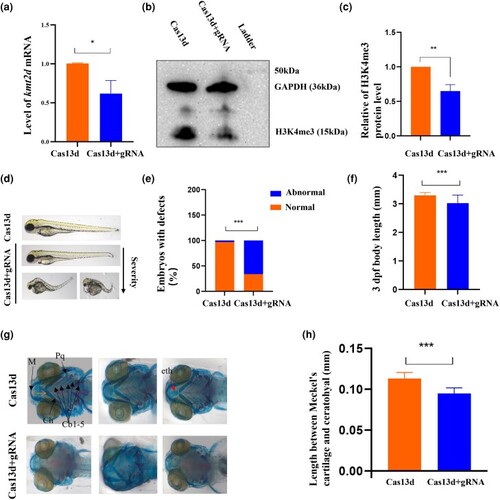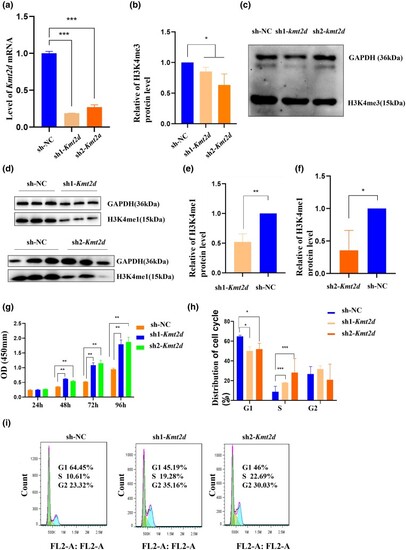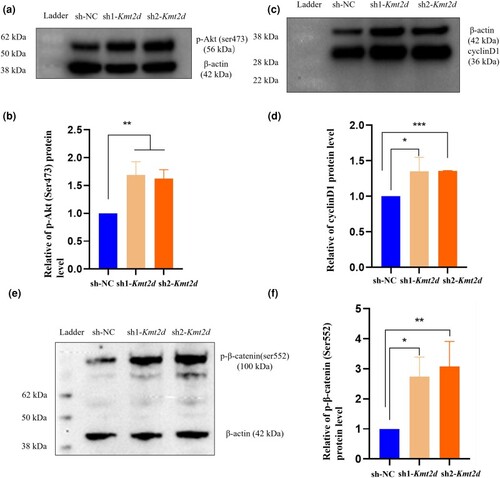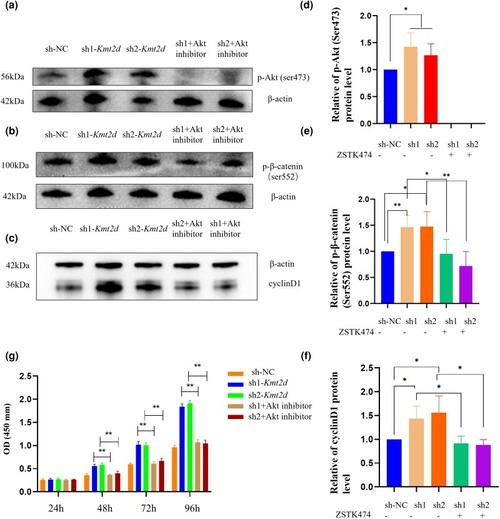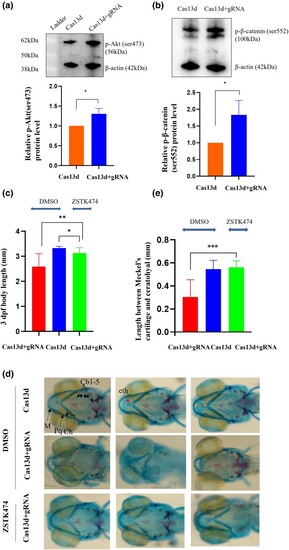- Title
-
Knockdown of Kmt2d leads to growth impairment by activating the Akt/β-catenin signaling pathway
- Authors
- Shangguan, H., Huang, X., Lin, J., Chen, R.
- Source
- Full text @ G3 (Bethesda)
|
The influence of |
|
|
|
|
|
The effect of Akt inhibition on β-catenin signaling in the group of |
|
The growth delay and chondrocyte malformation induced by |

